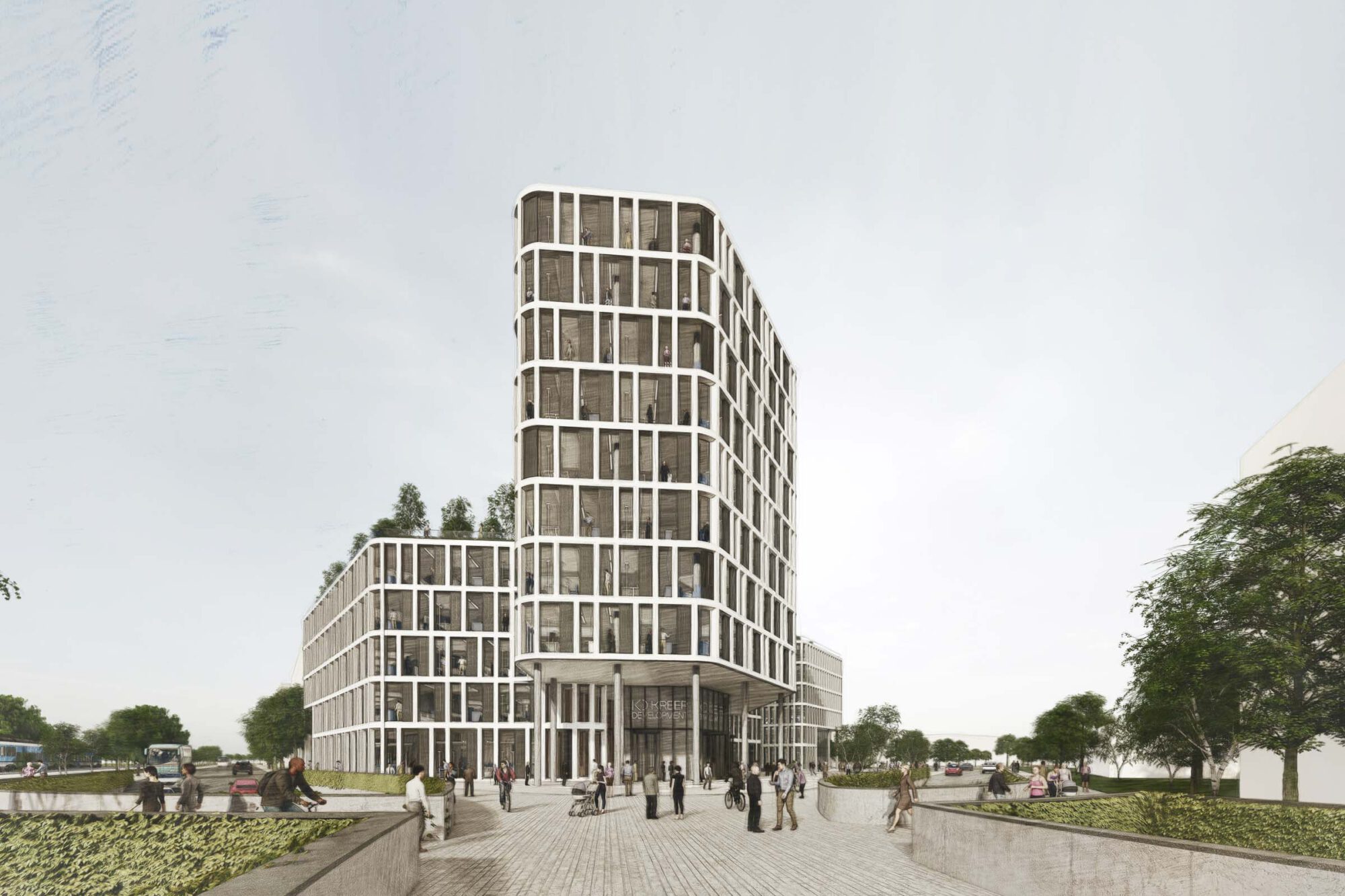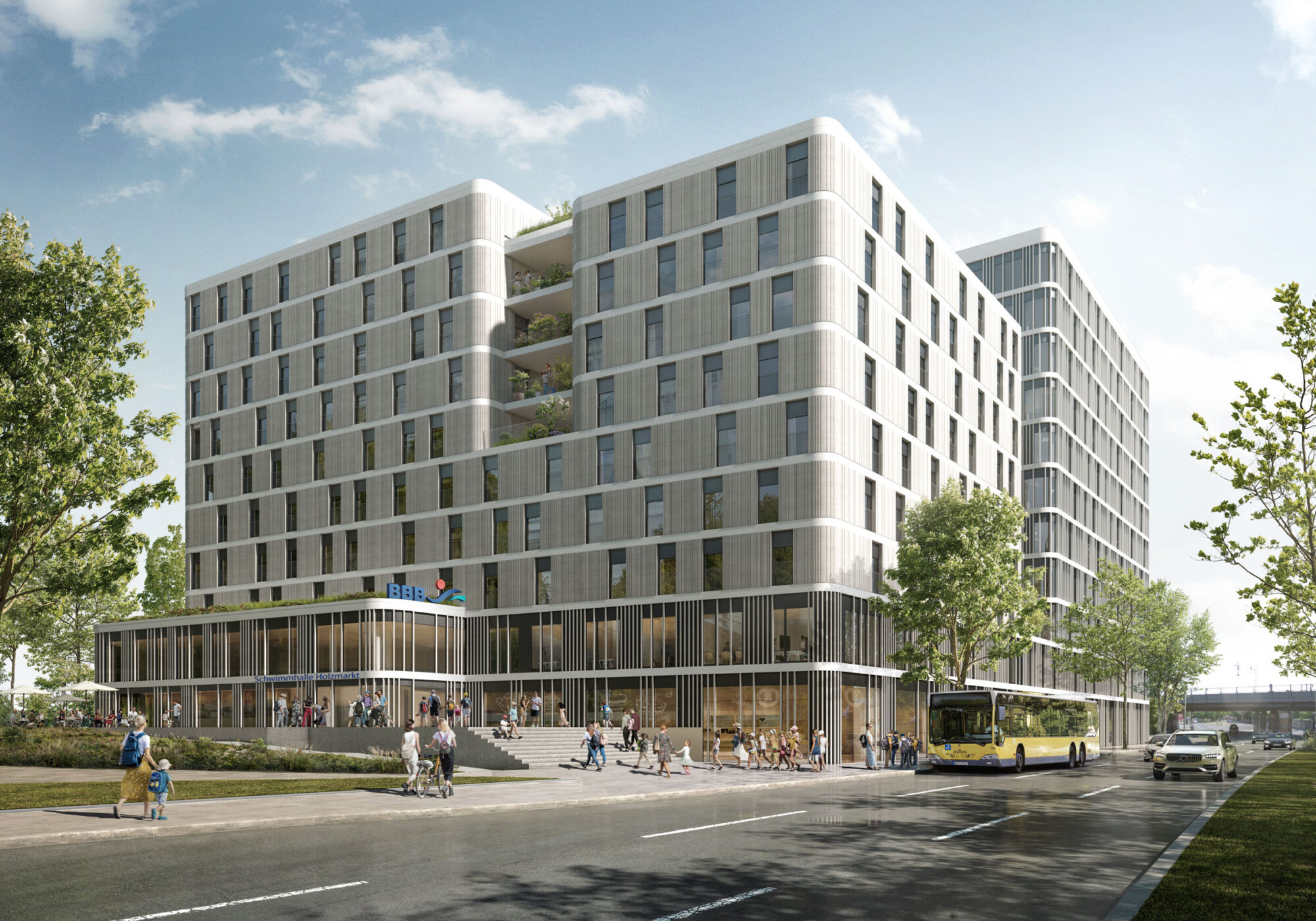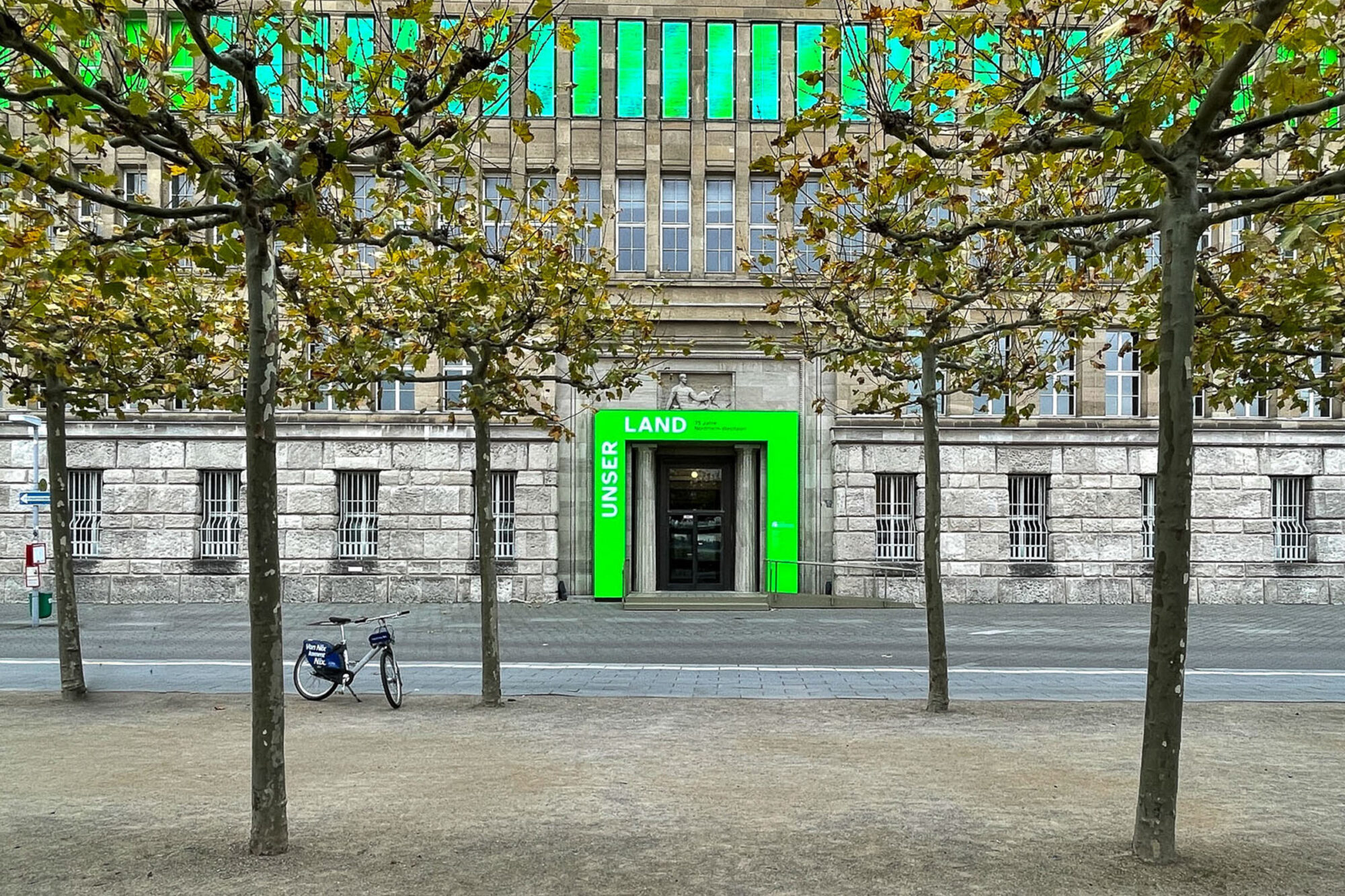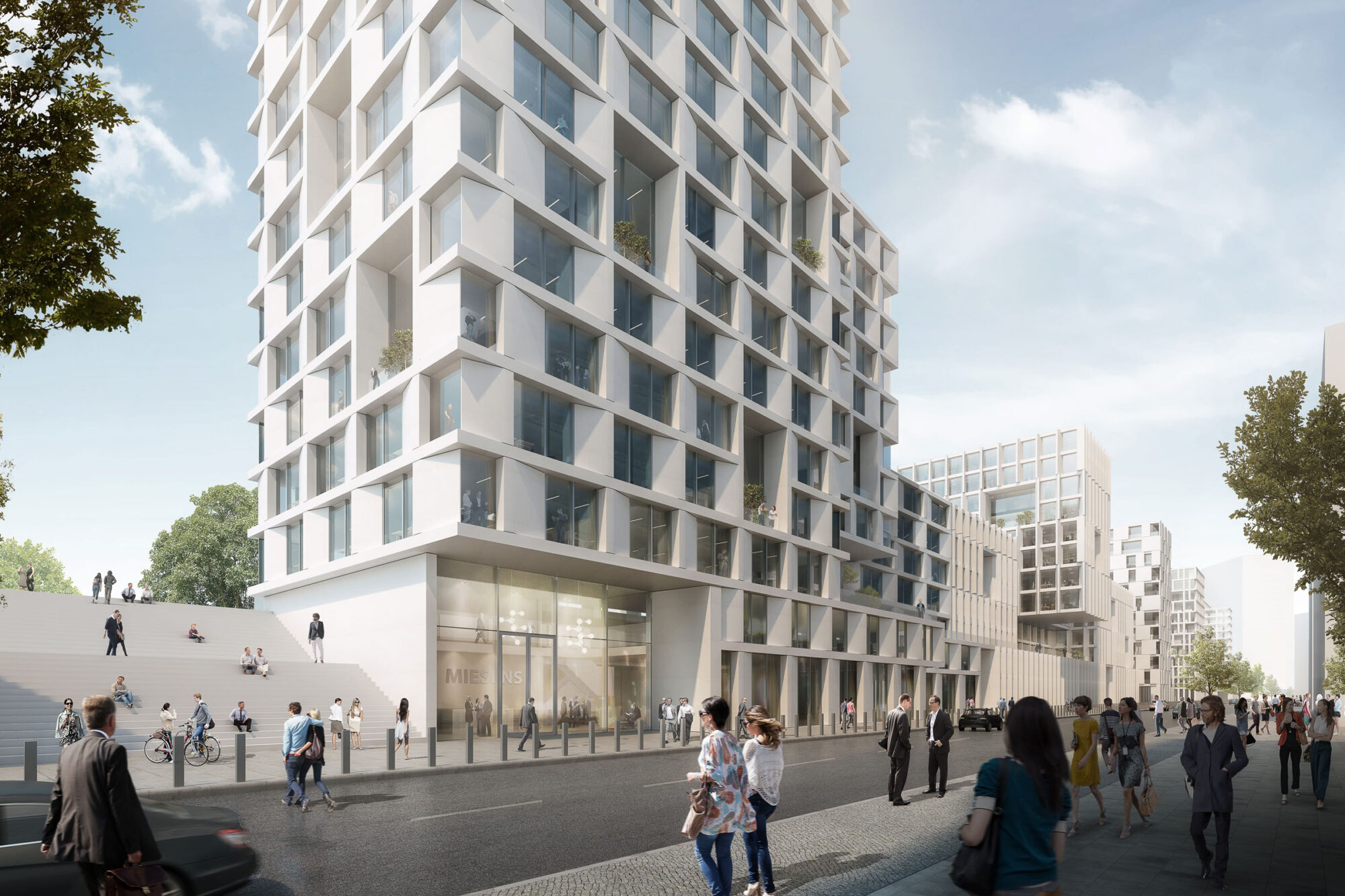
Making identity tangible
The identity of the brand is its real capital. It enables orientation and trust. But to be recognised, the essence of a brand must be perceptible in its appearance. It is only on the outside that the inside becomes visible, that people are able to love the promise of a brand. Metropolitan – the way of life.
The development of Europa City offers the opportunity for a stimulating inner-city urban development. As a referential association for this development, many citizens orient themselves towards the chronologically grown Berlin with its historical neighbourhood structures. However, the question arises whether these images are a proper basis for urbanity in our time. And whether our ideas of today will last for the young generations of tomorrow. How will we want to work and live together and have to closely link both areas.
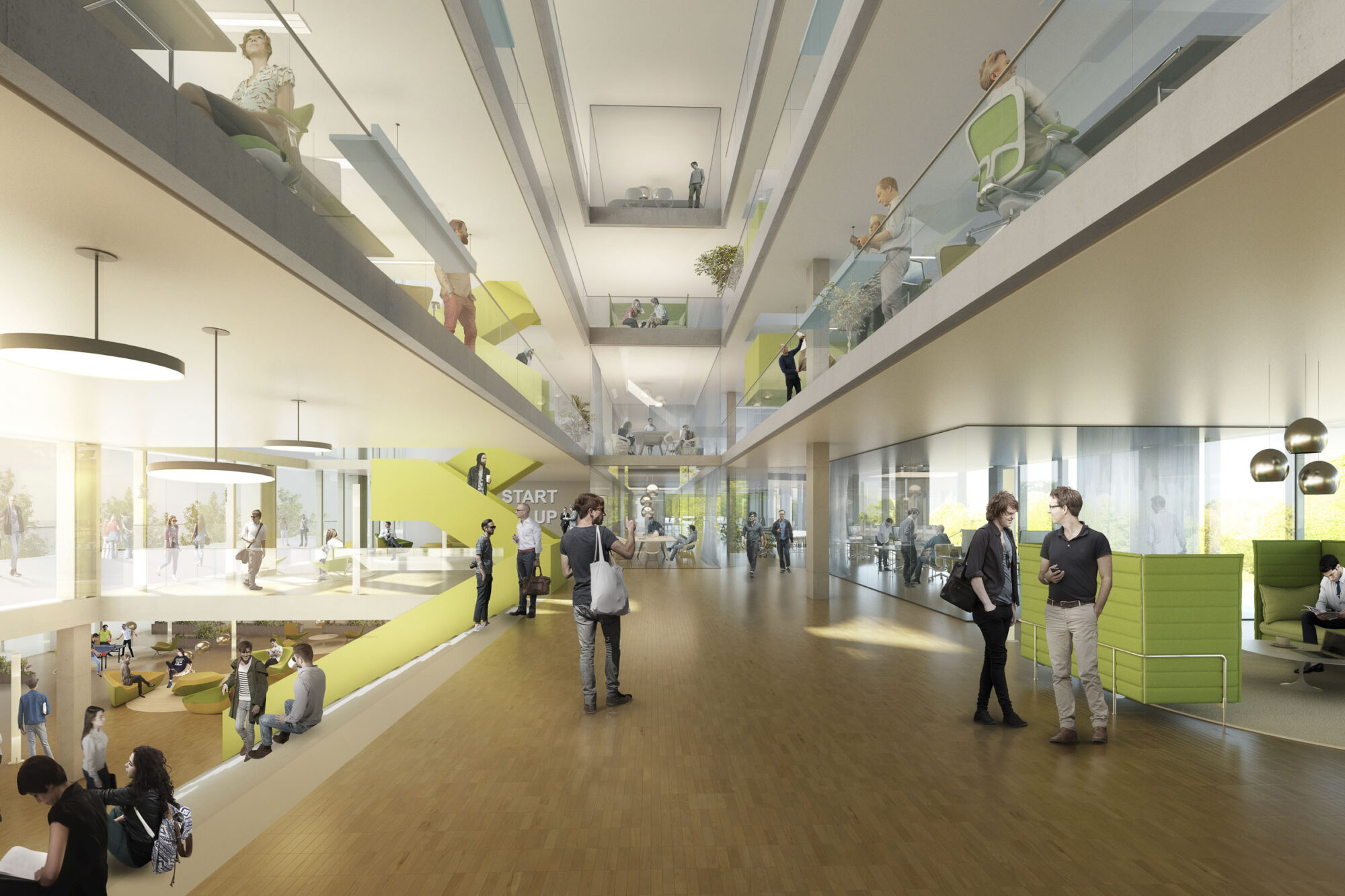
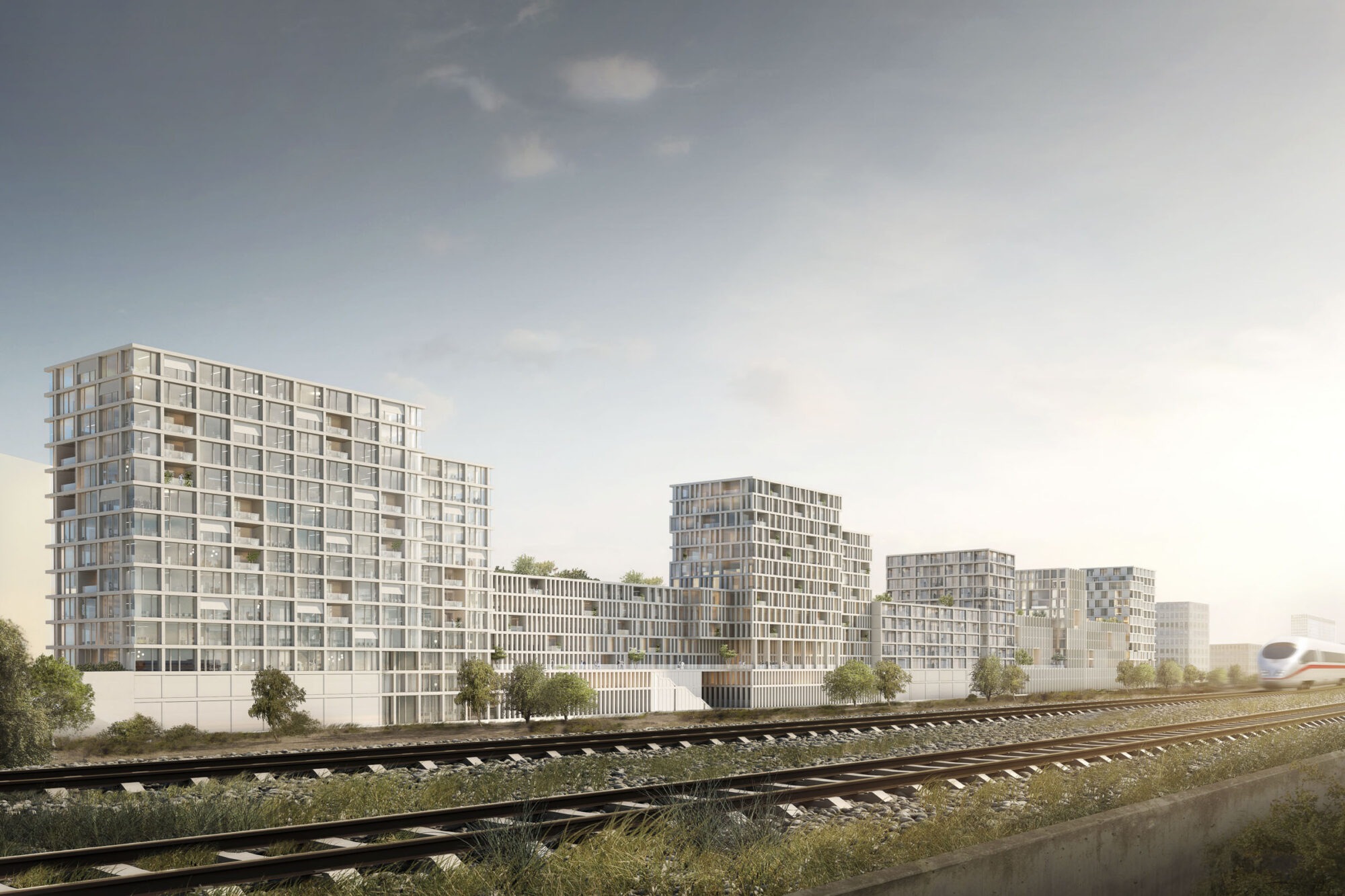
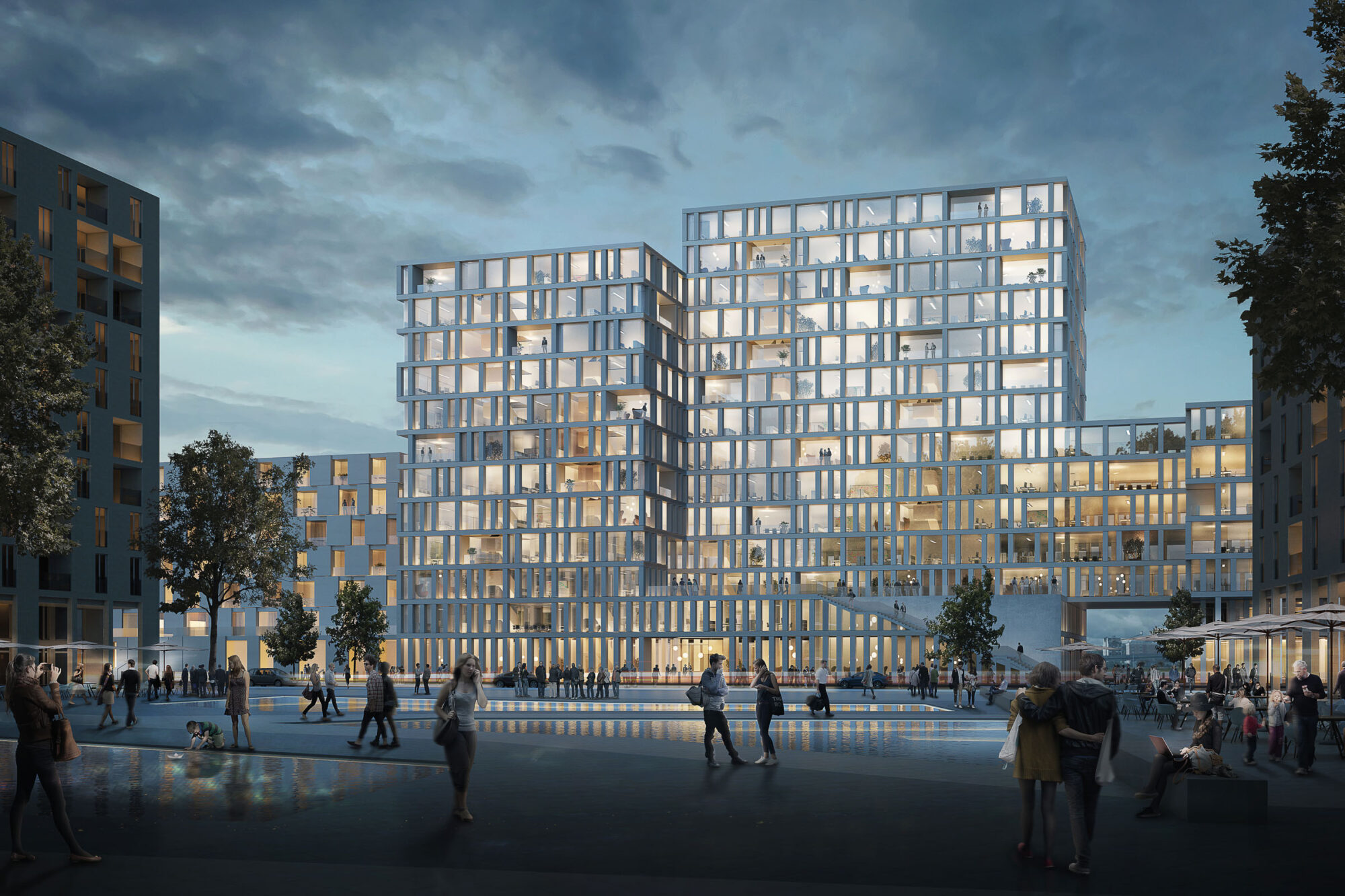
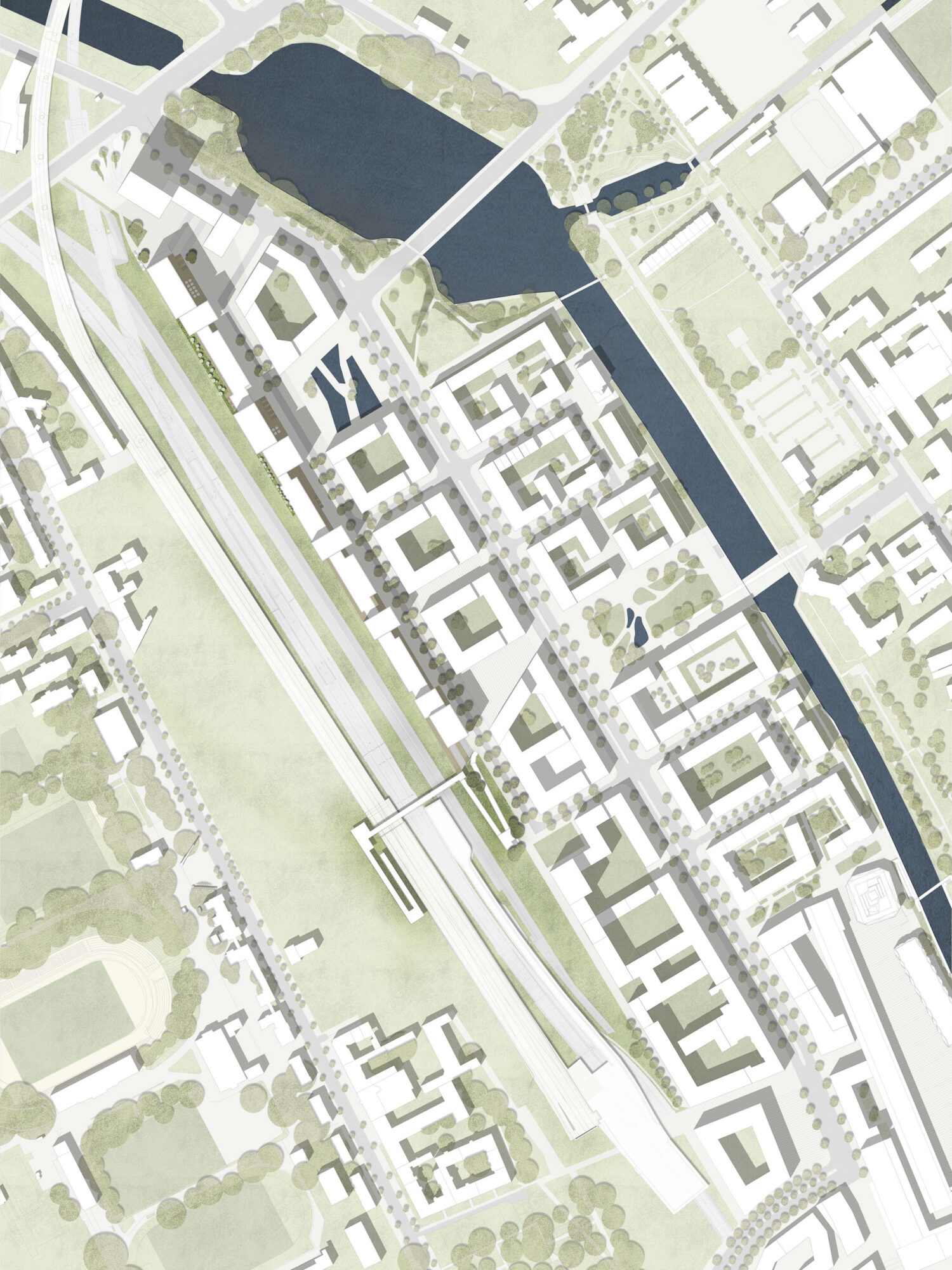
With the association of metropolis, living situations arise in our minds in which the boundaries between living, working and leisure are increasingly blurred, as these will no longer be separated from each other in terms of time and space in the future, but will be deliberately interwoven.
Rarely is there an opportunity to develop a new, independent district in the centre of a large city and to take on the task of reflecting on its urban and sociological character. How do you develop and set framework conditions so that this lively mix of living and working is achieved in houses and on public streets and squares as well as green spaces?
Urbanity in the 21st century
Our idea of a modern city that is open to the future starts with the willingness of people to engage with it. The big trend to move to cities is mainly due to the fact that people are looking for proximity to each other. In contrast to the virtual digital world of social networks, people in urban environments seek real participation and the satisfaction of being part of a modern and urban community.
The intermixing and linking of living, working and leisure is a prerequisite for a lively urban district with a sustainably high quality of stay and life.
Our strategy for developing the new neighbourhood is therefore based on looking at the strands of action at different levels. This is to ensure that urban diversity is made possible through a wide variety of uses – and this in the middle of Berlin.
What does it mean to be cosmopolitan and future-oriented nowadays? What framework must architecture offer in order to transfer these demands for urbanity into the age of digital modernity?
Urban participation means that people acting in private and public spaces can integrate themselves into the existing urban structure. But what does it mean when this possibility is cut off along the entire length of over 500 metres by the existing tracks? How can it be avoided that the newly built architecture does not itself become a demarcating wall? What possibilities of interpretation does the development plan offer and how can vital noise protection for the neighbouring residential area still be ensured?
Our design approach is based on two levels of action:
- Plastic modelling of the development plan specifications as an urban sculpture
- the resulting volumetric bodies are seen as a ‘universal space’ for a wide variety of performances
2nd place international competition, work phases 1 to 2, 03/2017
GFA 114,000 m²
Client: Quartier Heidestraße
